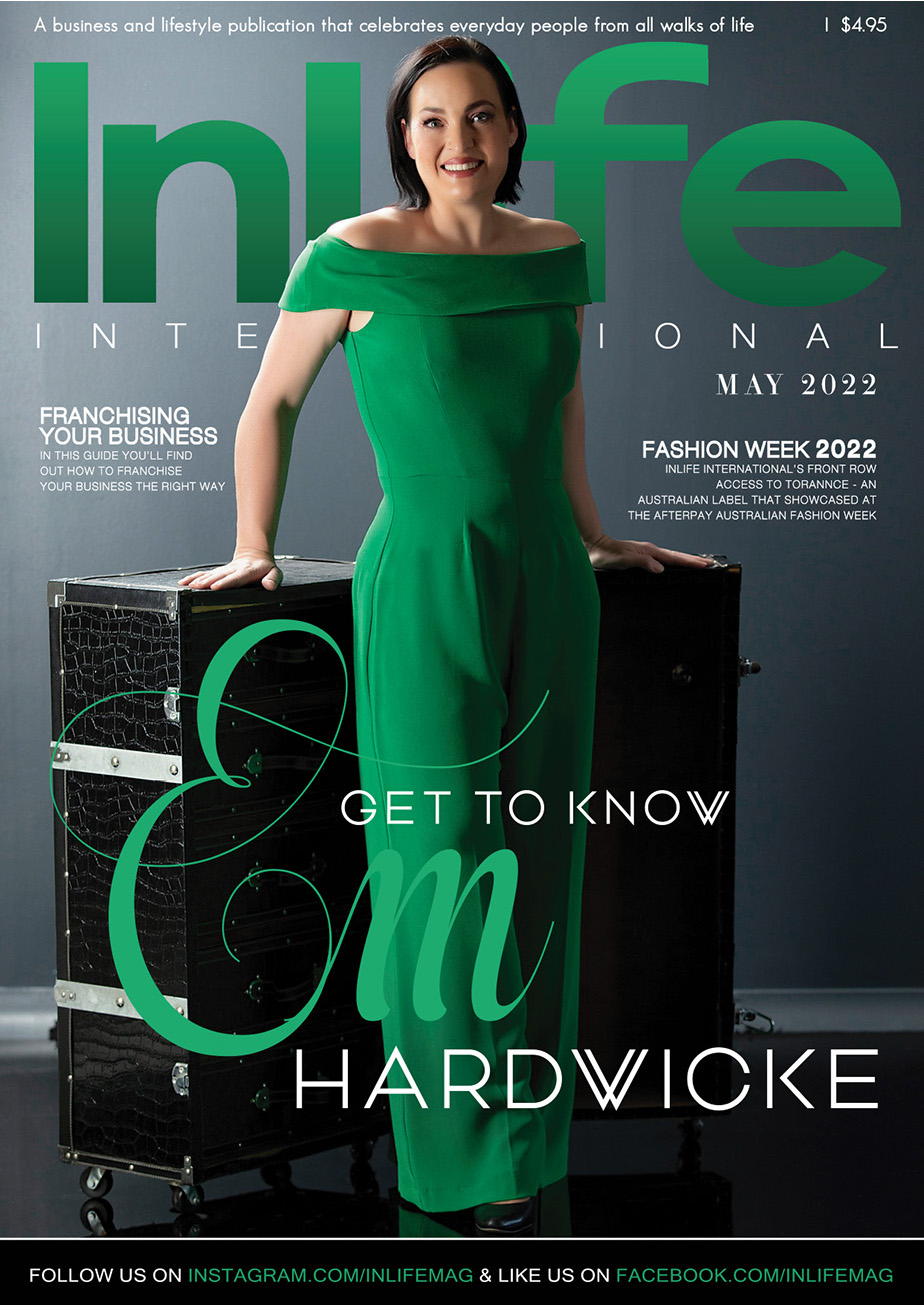Unlike any other countries, the Philippines goes big when it comes to Christmas celebration. Its stance as the only country with the longest Christmas season has been paramount to its culture and it has been enriching the lives of the Filipino people ever since traditions had been brought to our once colonised country. The Philippines has completely cut its umbilical cord from the U.S A and Spain which both ruled the archipelago but there are some things from the past that still cast shadows to the present.
Do Filipinos still celebrate Christmas the traditional way?
Christmas season in the Philippines starts the moment BER-months begin. This means Christmas always comes early for Filipinos as Christmas carols, lanterns, Christmas trees and other decorations ornament the surroundings as soon as September traipses its way to the picture. By that month, most Filipinos who are working abroad have already booked their plane ticket back to the Philippines to spend the holidays with their families. This explains the seemingly endless gatherings, parties and reunions stretching the yuletide season while they earnestly make up for the lost times.
Moreover, old traditions like attending Misa de Gallo or Simbang Gabi remains stronger in the Filipino culture. As a predominantly Christian country in Asia with 93% devotees, attending mass has been a major part of the celebration and this is always followed by a sumptuous meal shared with extended family and friends. Exchange gifts and other Christmas-related festivals all over the country are still dominant despite the modern changes in our technologically-driven world.
Filipinos embrace their traditions almost religiously and though others might have thought that traditions can be easily swayed away by the advancement that’s happening in a progressive economy, Filipinos cling strongly to their beliefs and customs just like how they value their family ties. Recently though, Christmas celebrations in the Philippines have turned more meaningful and exceptionally dramatic but it does not make them forget the traditions. In fact, it has even more cemented the true meaning of Christmas.
As devastating as it was, Philippines experienced catastrophic events for the last few years which displaced thousands of people. Destructive storms like Sendong in 2011, Ondoy in 2012 and Yolanda in 2013 had deepened the way Filipinos perceive Christmas. This had also relatively infused more significance to those observed traditions. Suddenly, hearing mass does not only mean praying for their own but it further includes the welfare of other people who have been homeless and whose permanent livelihoods had lost. The act of gift giving extends far beyond affiliations and relationships as most Filipinos go out of their way to share their blessings to those who are less fortunate. Indeed, the last few years may have been sombre but those unexpected situations had uplifted so many spirits as everyone selflessly went out of their way to help one another.
Christmas traditions spell more than material meanings. While it circulates around fancy food, gifts and money, Filipinos have become smarter as they invest more in their future. 13th Month pay and bonuses are now being spent on insurances, funds, education and new business endeavours.
Yes, Filipinos still remain rooted to their traditional Christmas celebration and this has always been a part of their ways and life. There might be little changes but those only add more Filipino flavour to the influences that have been inherited from their ancestors.
Clearly, history would tell us that Christmas in the Philippines was first brought during the Spaniard colonisation. This is undeniably true. In fact, there are more present Christmas traditions that mirror past influences and we can always glimpse on it in the way Filipinos celebrate their Christmas. They are, after all, a country rich in traditions with strong ingrained convictions. Their merriment exudes with sincerity and depth hence, their name “The Land of Fiestas.”

















